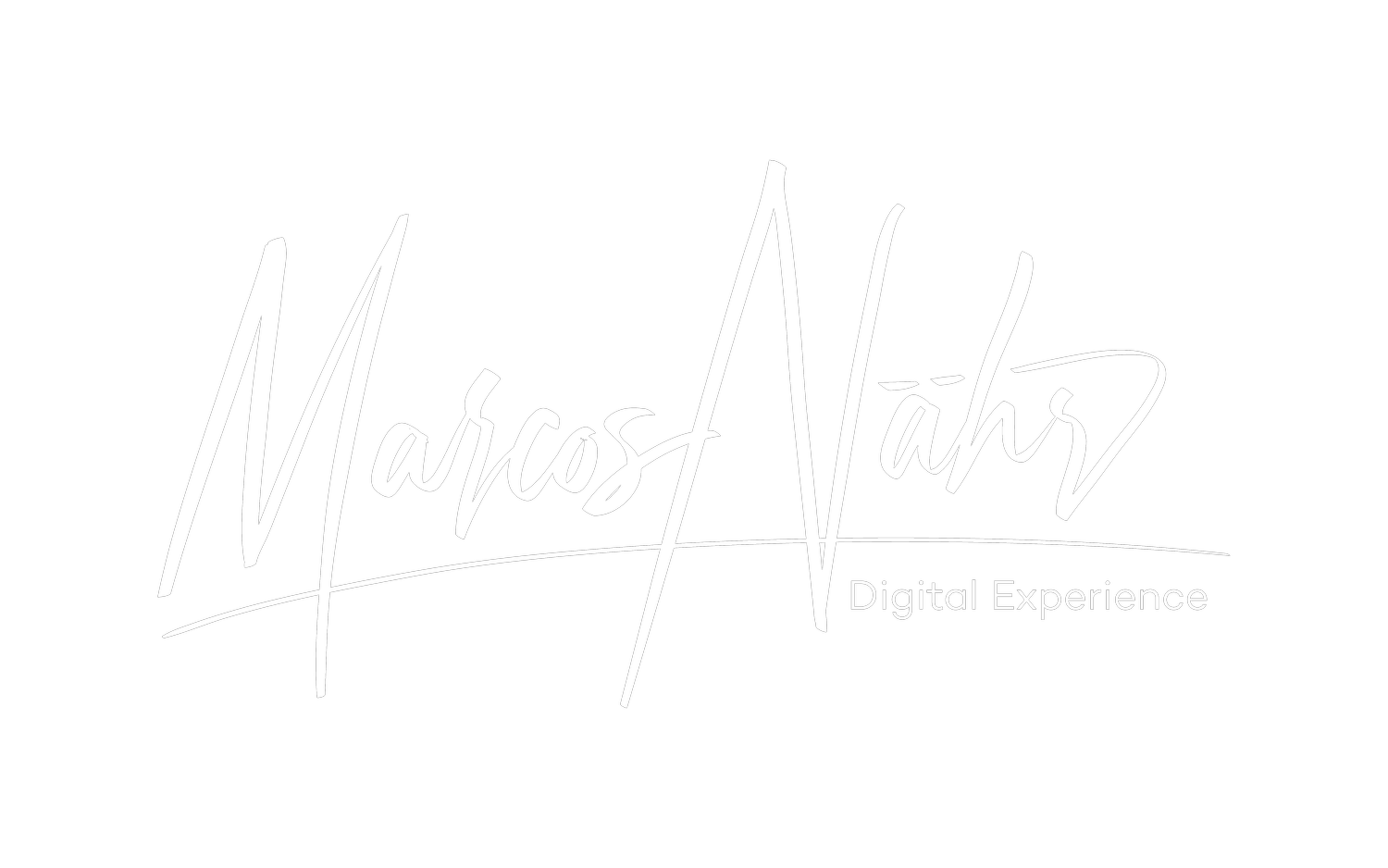Promoting User-Centricity in Cross-Functional Teams
Maintaining a user-centric approach in design practices is not just beneficial, but also essential for success.
The challenge lies in ensuring that user needs remain at the heart of every decision.
Drawing from my experiences at Dell and Dynatrace, where our talented product designers worked on creating impactful design solutions, I've observed firsthand the transformative power of a well-integrated, user-focused design strategy.
Here, I'll share practical techniques and insights on promoting user-centricity within cross-functional teams.
1. Establish Clear User-Centric Goals
It’s crucial to define what success looks like.
Start by setting clear, measurable goals focused on user outcomes. At Dell, we aligned our objectives across teams by defining specific user metrics we wanted to impact. This approach ensures that everyone, from designers to product managers to engineers, shares a common vision focused on the user. It’s crucial to define what success looks like from the user’s perspective and use these metrics as a guiding star for all team activities.
2. Implement Robust Design Analytics
Scientifically determine which designs performed best and adjust your strategies accordingly.
Leverage design analytics to gather real-time feedback and make data-driven decisions. At Dell, we extensively utilized A/B testing to understand user preferences and behaviors. By continuously testing different versions of a feature, we could scientifically determine which designs performed best and adjust our strategies accordingly. This not only improved the product but also facilitated a culture of evidence-based decision-making.
3. Foster Interdisciplinary Collaboration
Promote collaboration and incorporate user-focused thinking into all aspects of product development.
Encourage regular collaboration between designers, engineers, and product managers. Use workshops and design sprints to brainstorm and problem-solve together. Dell and Dynatrace both use cross-functional workshops to promote collaboration and incorporate user-focused thinking into all aspects of product development. These sessions often lead to innovative solutions that might not have emerged in a more segmented working environment.
4. Develop a Shared Design Language
A Design Language System should articulate visual language, design principles, standards, and best practices aligned with user needs.
A unified design language system (DLS) is key to maintaining cohesion and enhancing team efficiency. The DLS should articulate the visual language, design principles, standards, and best practices that align with user needs. At Dynatrace, our new DLS is evolving as a common language that enables designers and non-designers alike to make consistent, user-focused decisions quickly.
5. Prioritize Continuous Learning, Feedback, and Quality Assurance
We need mechanisms to maintain high standards throughout the design process.
Create mechanisms within your teams for ongoing learning, feedback, and quality control. At Dynatrace, we've implemented several quality touchpoints to maintain high standards throughout the design process. Start with comprehensive design onboarding for both designers and non-designers to ensure everyone understands our design principles and quality expectations right from the beginning.
Regular user testing sessions are critical, allowing team members to engage directly with users to collect real-time feedback. This direct interaction is invaluable for understanding the user’s experience and making iterative improvements. It also helps the team remain empathetic to user needs and stay aligned with their evolving expectations.
To ensure quality, introduce a "quality gate" at the end of the development process, before an application is released into the product landscape. This checkpoint reviews and verifies that all design outputs meet the established quality standards. Additionally, maintain regular touchpoints throughout the design and development phases to catch and address any issues early, preventing costly revisions later. This structured approach to quality assurance embeds a high standard of excellence across all stages of product development.
6. Optimize Workflows for Autonomy and Flow
Proper utilization of the autonomy principle can boost innovation and foster a greater sense of ownership over the product.
To enhance team autonomy and flow, streamline processes and provide teams with the tools and authority to make decisions. This reduces bottlenecks and enables faster, more effective responses to user needs. For instance, at Dynatrace, giving teams the autonomy to experiment with design solutions within defined user-centric parameters led to increased innovation and a stronger ownership of the product.
7. Lead by Example
Leaders should be actively involved in design practices to demonstrate as a testament of the importance of putting user needs first!
As a leader, your commitment to user-centricity sets the tone for your team. Remain actively involved in design practices, demonstrating the importance of putting user needs first. This not only shows your dedication but also inspires your team to uphold these values in their daily work.
Through these strategies, we can ensure that user-centricity is not just a buzzword but a fundamental principle that drives our work. By fostering a culture that values user feedback, embraces data-driven design, and encourages cross-functional collaboration, we position our teams—and our products—to succeed in meeting the real needs of our users.
